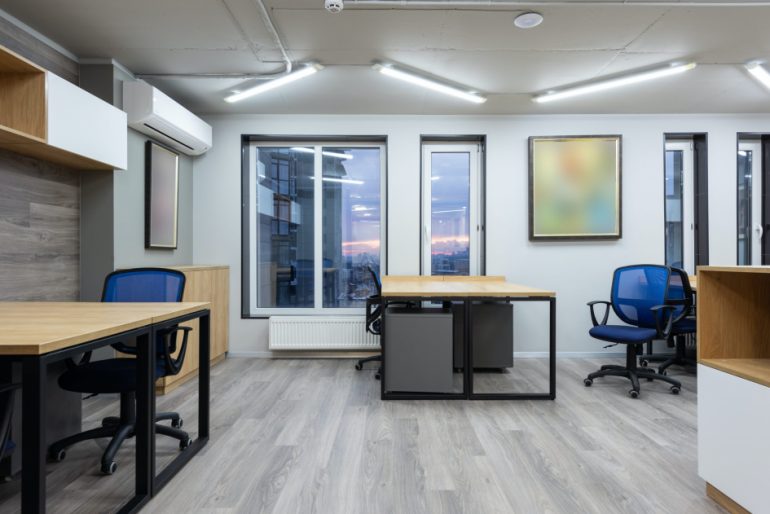Indoor air quality is a hot topic these days, with most of the conversation centered around air purification and pollutants, but what about floors and carpets? Rather than cleaning for appearance, science is emerging about prioritizing the largest horizontal surface of the building to clean for health.
ISSA Media Director Jeff Cross recently interviewed Dr. Gavin Macgregor-Skinner, senior director at GBAC, and Doug Hoffman, executive director of NORMI (National Organization of Remediators and Mould Inspectors), on this topic for Cleanfax Insider.
What do we know and not know about contaminants on floors?
Because floors make up such a large surface, there is a risk of microbial contamination and mould spore growth in all the cracks and crevices. These risks are increased in high-traffic areas as well as in spaces exposed to water, like bathrooms and laundry rooms.
It’s not just the dirt we see, it’s also germs that contaminate building floors, warn Macgregor-Skinner and Hoffman. When someone coughs or sneezes, droplets land on the floor or on their shoes, allowing that person to carry those germs into all the places they visit.
A study conducted in Cleveland hospitals revealed that 57 per cent of contaminated objects in contact with the floor transferred bacteria to hands. So even though we don’t touch the floor directly, most of us don’t consider what may be transferred through shoes or socks.
What is the correlation between surfaces, such as floors, and indoor air quality? What type of testing can prove what you believe?
Most of the surface contaminants are originally airborne and have settled onto surfaces like floors. Hoffman recommends swab sampling, bulk sampling, swipe, and carpet sample collections for accurate diagnostic testing.
What do you recommend we do about these contaminants and cleaning processes for floors? How can we really make a difference for building occupants?
Post-pandemic, it’s important that we prioritize cleaning for infection prevention, stress the two experts. Companies need to be consistent with standard operating procedures for cleaning, sanitizing, and disinfecting floors. Staying on top of the condition of flooring is also important. Germs can live in cracks in wood and vinyl flooring, settle into carpeting, and be absorbed into tile grout.
Surface testing, paying special attention to those areas, and cleaning and disinfecting regularly will help reduce the settling of contaminants and their subsequent spreading.
Why are not more resources spent on removing contaminants and cleaning for health? What surprises you the most?
“It seems like the idea of cleaning for appearance instead of cleaning for health has become a way of life,” says Hoffman. In some cases, budget may be an issue, with companies placing the most importance on visible cleanliness, but the most dangerous contaminants are the ones too small for us to see.
How do we convince those we clean for and who oversee cleaning budgets to increase frequency and quality of cleaning?
The term “clean” needs to be defined and measured to target germs from all angles, asserts Macgregor-Skinner. Knowing the best use for each product allows for a proactive approach. For example, scrubbing with soap and water and detergents removes dirt, grease, and germs. Disinfectants with chemical or physical interventions requiring dwell time or contact time will kill bacteria and inactivate viruses.
Regularly targeting high-traffic areas like floors with the correct procedures and frequency will reduce the number of germs and their spreading.
COVID-19 brought a heightened awareness, but with time passing, companies seem to be relaxing their standards. Hoffman fears companies are becoming distracted, with laxer protocols. Contaminants are a constant threat. “If we realized how we could reduce illness and increase the quality of our health by simple, regular, and thorough cleaning of all surfaces, we would be encouraged to do better,” he says.
Find the complete version of the Q&A here.









